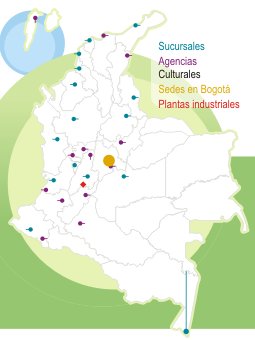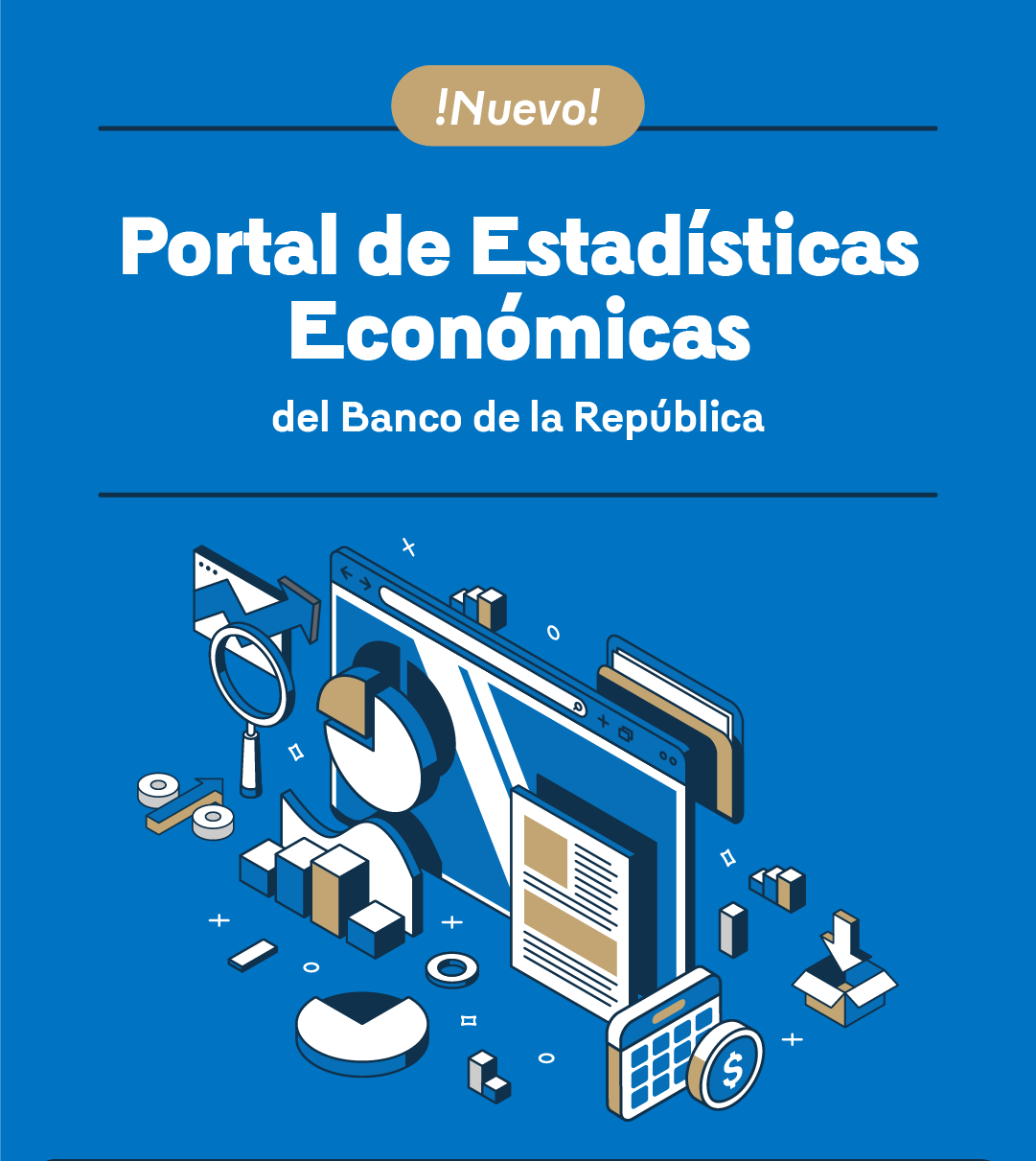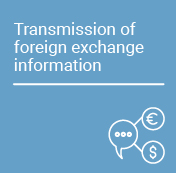After decades using monetary aggregates as the main instrument of monetary policy and having different varieties of crawling peg exchange rate regimes, Colombia adopted a full-fledged inflation-targeting (IT) regime in 1999, with inflation as the nominal anchor, a floating exchange rate, and the…
Working Papers on Economics
Below are the contents available on the site related to the query.
- Publicación |
- Publicación |
Evidence suggests that the Colombian interbank funds market is an inhomogeneous and hierarchical network in which a few financial institutions fulfill the role of “super-spreaders” of central bank liquidity among market participants. Results concur with evidence from other interbank markets and…
- Publicación |
Using a stylized model in which output is measured with error, we derive the optimal policy response to the demand shock signal and to changes in the measurement error volatility from two different perspectives: the minimization of the expected loss (from which we derive the ‘standard’ policy)…
- Publicación |
A maximum likelihood method for estimating the power-law exponent verifies that the positive and negative tails of the Colombian stock market index (IGBC) and the Colombian peso exchange rate (TRM) approximate a scale-free distribution, whereas none of the heavy tails of a local sovereign…
- Publicación |
Using a three-equation New Keynesian model we find that incorporating an escape clause (EC) into Forward Guidance (FG) is welfare improving as it allows the monetary authority to avoid cases in which the cost of reduced flexibility is too high. The EC provides the central bank with another…
- Publicación |
This document analyzes the macroeconomic effects of a boom in a small-open economy’s natural-resource sector. We study the effects of this shock on the most important macroeconomic variables, the resource reallocation across sectors and on welfare under alternative fiscal rules. We employ a DSGE…
- Publicación |
Despite various payment innovations, today, cash is still heavily used to pay for low-value purchases. This paper develops a simulation model to test whether standard implications of the theory on cash management and payment choices can explain the use of payment instruments by transaction size…
- Publicación |
Under the view that the market is a weighted and directed network (Barabási, 2003), this document is a first attempt to model the Colombian money market within a spatial econometrics framework. By estimating two standard spatial econometric models, we study the cost of collateralized borrowing (…
- Publicación |
In this paper we study the structural determinants of differentials in unemployment rates and labour markets’ performance for colombian cities.
- Publicación |
This document presents an enhanced and condensed version of preceding proposals for identifying systemically important financial institutions in Colombia. Three systemic importance metrics are implemented: (i) money market net exposures network hub centrality; (ii) large-value payment system…
- Publicación |
Scale-free (inhomogeneous) connective structures with modular (highly clustered) hierarchies are ubiquitous in real–world networks. Evidence from the main Colombian payment and settlement systems verifies that local financial networks have self-organized into a modular scale-free architecture…
- Publicación |
Based on the counting of Help-wanted advertisements in print newspapers, we present national vacancy indexes and vacancy rates for Colombia. These series will allow tackling a myriad of questions related to the functioning of the labor markets in emerging economies, where such datasets were not…
- Publicación |
We set a dynamic stochastic model for the interbank daily market forfunds in Colombia. The framework features exogenous reserve requirements and requirement period, competitive trading among heterogeneouscommercial banks, daily open market operations held by the Central Bank(auctions and window…
- Publicación |
In this paper we investigate the impact of rapid credit growth on ex ante credit risk. We present micro-econometric evidence of the positive relationship between rapid credit growth and deterioration in lending portfolios: Loans granted during boom periods have higher probability of default than…
- Publicación |
We examine the effect of single‐sex classes on the pass rates, grades, and course choices of students in a coeducational university. We randomly assign students to all‐female, all‐male, and coed classes and, therefore, get around the selection issues present in other studies on single‐sex…
- Publicación |
Single-sex classes within coeducational environments are likely to modify students' risktaking attitudes in economically important ways. To test this, we designed a controlled experiment using first year college students who made choices over real-stakes lotteries at two distinct dates. Students…
- Publicación |
To date, there is still great controversy as to which exchange rate model should be used or which monetary channel should be considered, when measuring the effects of monetary policy. Since most of the literature relies on structural models to address identification problems, the validity of…
- Publicación |
This paper can be divided into two main parts. The first one, using a simple example by Minford (2004) and Hatcher (2011), gives the reader a basic introduction to understand the comparison between two monetary-policy regimes: Inflation Targeting (IT) and Price-Level Targeting (PLT).
- Publicación |
We set a dynamic stochastic model for the interbank daily market for funds in Colombia. The framework features exogenous reserve requirements and requirement period, competitive trading among heterogeneous commercial banks, daily open market operations held by the Central Bank (auctions and…
- Publicación |















































